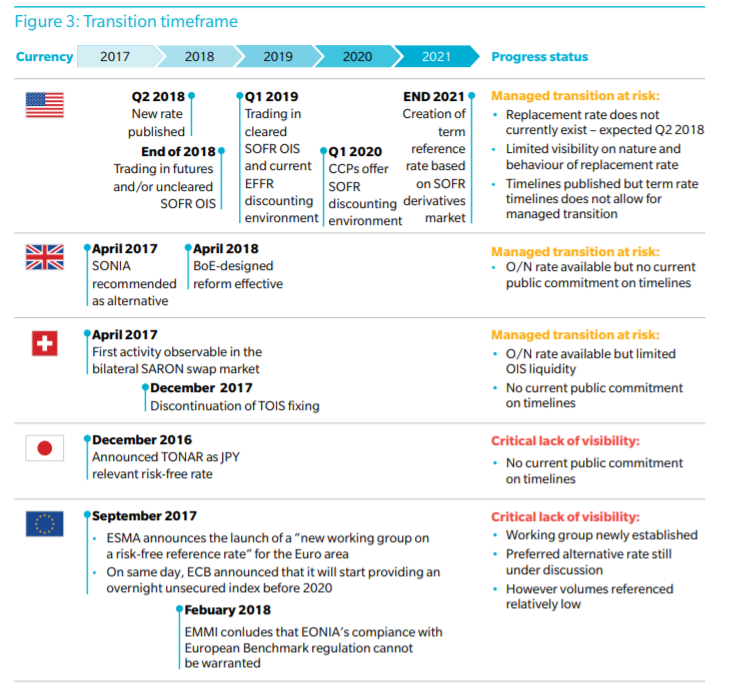Contents:
After understanding the entire chapter you will be able to get the solution for the following questions. Intangible Assets− Assets that cannot be seen or touched, i.e. those assets that do not have physical existence, are intangible assets; for example, goodwill, patents, trade mark, etc. Explain the factors, which necessitated systematic accounting. Expenses− Expenses are those costs that are incurred to maintain the profitability of business, likerent, wages, depreciation, interest, salaries, etc. These help in the production, business operations and generating revenues. The informational needs of management are concerned with the activities given below.
Note that only the court can impose the bankruptcy upon a debtor. However, bankruptcy laws and rules can widely vary among different jurisdictions. A debtor is a person or an organization that agrees to receive money immediately from another party in exchange for a liability to pay back the obtained money in due course of time. In other words, a debtor owes money to another person or organization. The amount owed a debtor repays periodically with or without interest incurred .
The banks, lenders, and credit card companies are not responsible for any content posted on this site and do not endorse or guarantee any reviews. Opinions expressed here are author’s alone, not those of any bank, credit card issuer or other company, and have not been reviewed, approved or otherwise endorsed by any of these entities. All information, including rates and fees, are accurate as of the date of publication and are updated as provided by our partners.

Debtors are the parties who owed a sum of money towards the entity. Creditors are the parties, to whom the company owes an obligation. Substitute of memory− In the modern world, every business incurs large number of transactions and it is beyond human capability to memorise each and every transaction. Hence, it is very necessary to record transactions in the books of accounts.
What do you understand by the term collateral?
For a business, the amount to be paid may arise due to repayment of a loan, goods purchased on credit, etc. Objectives of accounting are – Maintaining a systematic record of all financial transactions and preparing financial reports to access the financial position of the business organisation. A creditor is a person or an organization that provides money to another party immediately in exchange for receiving money at some point in the future with or without additional interest. In other words, a creditor provides a loan to another person or entity.
The Structured Query Language comprises several different data types that allow it to store different types of information… Investopedia requires writers to use primary sources to support their work. These include white papers, government data, original reporting, and interviews with industry experts. We also reference original research from other reputable publishers where appropriate.
In the earlier era, credit also pertained to worthiness or character or responsibility. The term creditor is constantly used in the financial world for reference to short-term and long term loans, bonds, and mortgage loans. Then the former company will be debtor while the latter company is the creditor. They are the two parties to a particular transaction and hence there should not be any confusion regarding these two anymore. Sundry Debtors and Sundry Creditors are the stakeholders of the company.
- Comparable accounting information helps in inter-firm comparisons.
- Hence, it is very necessary to record transactions in the books of accounts.
- A restaurant owner X is buying vegetables from a farm owner and making dishes for customers.
They are called as current liabilities because they provide credit for a limited time and hence, they should be paid, shortly. Creditors allow a credit period, after which the company has to discharge its obligation. But, if the company fails to pay the debt within the stipulated time, then interest is charged for delayed payment. In general, debtors are the parties who owes debt towards the company. The parties can be an individual or a company or bank or government agency, etc. Whenever an entity sells its goods on credit to a person or renders services to a person , then that person is considered as Debtor and the company is known as a creditor.
A company must carefully manage its debtors and creditors to monitor the lag between incoming and outgoing payments. The practice ensures that a company receives payments from its debtors and sends payments to its creditors on time. Thus, the company’s liquidity does not deteriorate while the default probability does not increase. Legally, someone who files a voluntary petition to declare bankruptcy is also considered a debtor. In sum, creditors are those who lend money and debtors are those who owns money.
What Can a Creditor Do If a Debtor Doesn’t Pay?
For this purpose trading and profit and loss account are prepared. It gives information regarding how much of goods have been purchased and sold, expenses incurred and amount earned during a year. External https://1investing.in/ users are those who are outsiders to an organisation and are interested in the financial affairs of the business. These users do not have a direct access to the financial statements of the business.
This information is also revealed by the profit and loss account and balance sheet of the business. Only financial transactions are recorded− Those events that are financial in nature are only recorded in the books of accounts. For example, salary of an employee is recorded in the books but his/her educational qualification is not recorded. Determining profit earned or loss incurred− In order to determine the net result at the end of an accounting period, we need to calculate profit or loss.
Debts of current creditors are payable within one year. The debts are reported under current liabilities of the balance sheet. Debts of long-term creditors are due more than one year after and are reported under long-term liabilities.
What is a Creditor?
It also performs service activity by providing quantitative financial information that helps users in various ways. Accounting as an information system collects and communicates economic information about an enterprise to a wide variety of interested parties. However, accounting information relates to past transactions and is quantitative and financial in nature, it does not provide qualitative and non-financial information.
In some cases, money owed by a debtor can be an account receivable or note receivable if it’s a loan. A debtor is a person or enterprise that owes money to another party. The party to whom the money is owed might be a supplier, bank, or other lender who is referred to as the creditor. The term creditor could be used for short-term loans, long-term bonds, and mortgage loans.

Moreover, these facilitates in decision making and future predictions. Transactions are recorded in monetary terms− Only those transactions which can be expressed in monetary terms are recorded in the books. For example, if a business has two buildings distinguish between debtors and creditors class 11 and four machines, then their monetary values is recorded in the books, i.e. two buildings costing Rs 2,00,000, four machines costing Rs 8,00,000. Revenue− It refers to the amount received from day to day activities of business, viz.
Other terms for this role include borrower, debt holder, lessee, mortgagor and customer. Debtors can be individuals, small businesses, large companies or other entities. This can be in the form of loans payable or trade accounts payable. So, there is a fine line of differences between debtors and creditors which we have discussed in the article below, take a read. Every monetary transaction must be recorded in such a manner that various accounting users must understand and interpret these results in the same manner without any ambiguity. The reasons for why business students and others should familiarise themselves with the accounting discipline are given below.
Who is a creditor?
Creditors can also be companies that provide supplies. In the case that a company offers supplies or services and will accept payment at a later time, they are acting as a creditor. The creditor frequently demands collateral and/or a personal guarantee, as well as loan covenants, from the debtor. This is because the amount of loaned funds can be quite large, so the creditor is at considerable risk of loss over a potentially lengthy period of time. An entity that lends money is likely to be in business solely for this purpose.
Debtors and creditors can be individuals or businesses. For the most part, individuals and companies are debtors who borrow money from banks or other financial institutions. Creditors, which can be any individual or company, are often thought of as banks.
They are – Historical functions and Managerial functions. Historical functions deal with the record of past transactions, whereas managerial functions deal with preparing business operation reports. Internal accounting involves analysing and interpreting the economic data related to the company. The 3 most essential accounting fundamentals are assets, liabilities, and capital. When Alpha Company lends money to Charlie Company, Alpha becomes the creditor, while Charlie becomes the debtor. Charlie Company is the creditor and Alpha Company is the debtor if Charlie Company sells items to Alpha Company on credit.
Debtor vs. Creditor
Skipping the record of any one of the transactions may lead to erroneous and faulty results. Comparable accounting information helps in inter-firm comparisons. This helps in assessing viability and advantages of various policies adopted by different firms. NCERT Solutions for Class 11 Commerce Accountancy Chapter 1 Introduction To Accounting are provided here with simple step-by-step explanations. All questions and answers from the NCERT Book of Class 11 Commerce Accountancy Chapter 1 are provided here for you for free. You will also love the ad-free experience on Meritnation’s NCERT Solutions.
This assists the users to understand and interpret the accounting data in a meaningful and appropriate manner without any ambiguity. A person or a legal body that owes money to a business is generally referred to as a debtor in the eyes of that business, as he or she owes the money. For a business, the amount to be received is usually a result of a loan provided, goods sold on credit, etc. The relationship between a debtor and a creditor is critical to the extension of credit between parties, as well as the accompanying transfer of assets and liability settlement. When a creditor lends money versus extends credit, the creditor’s actions are somewhat different. To keep track of the time between arriving and exiting payments, a corporation must properly manage its debtors and creditors.

